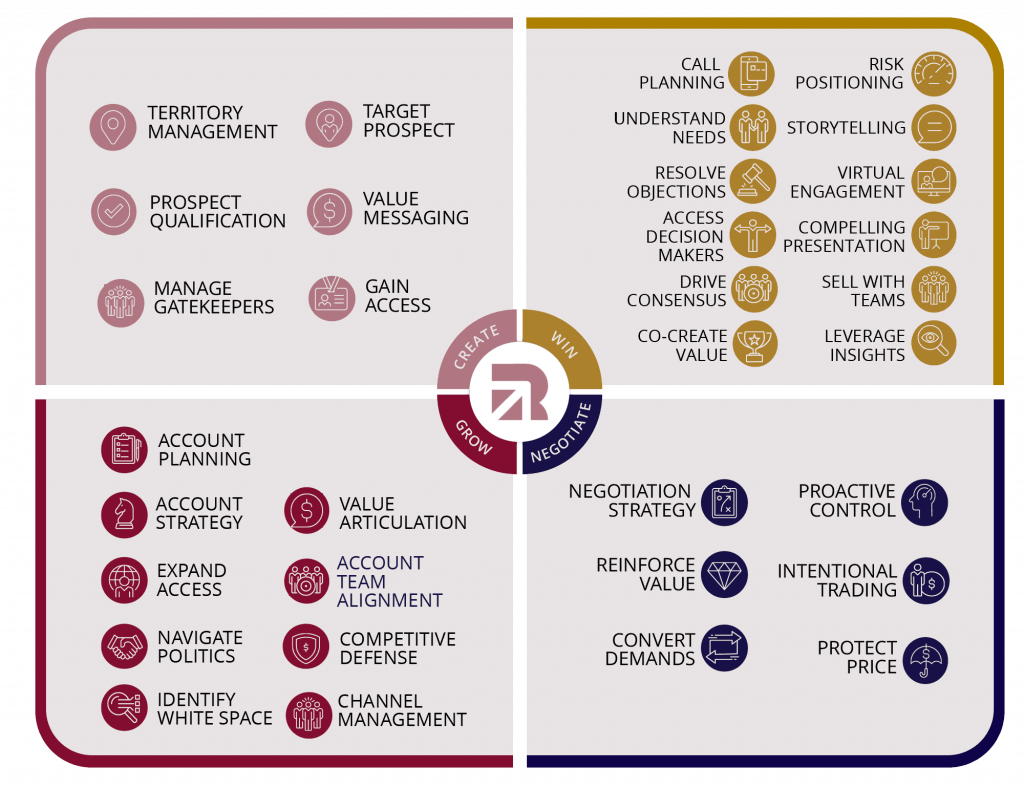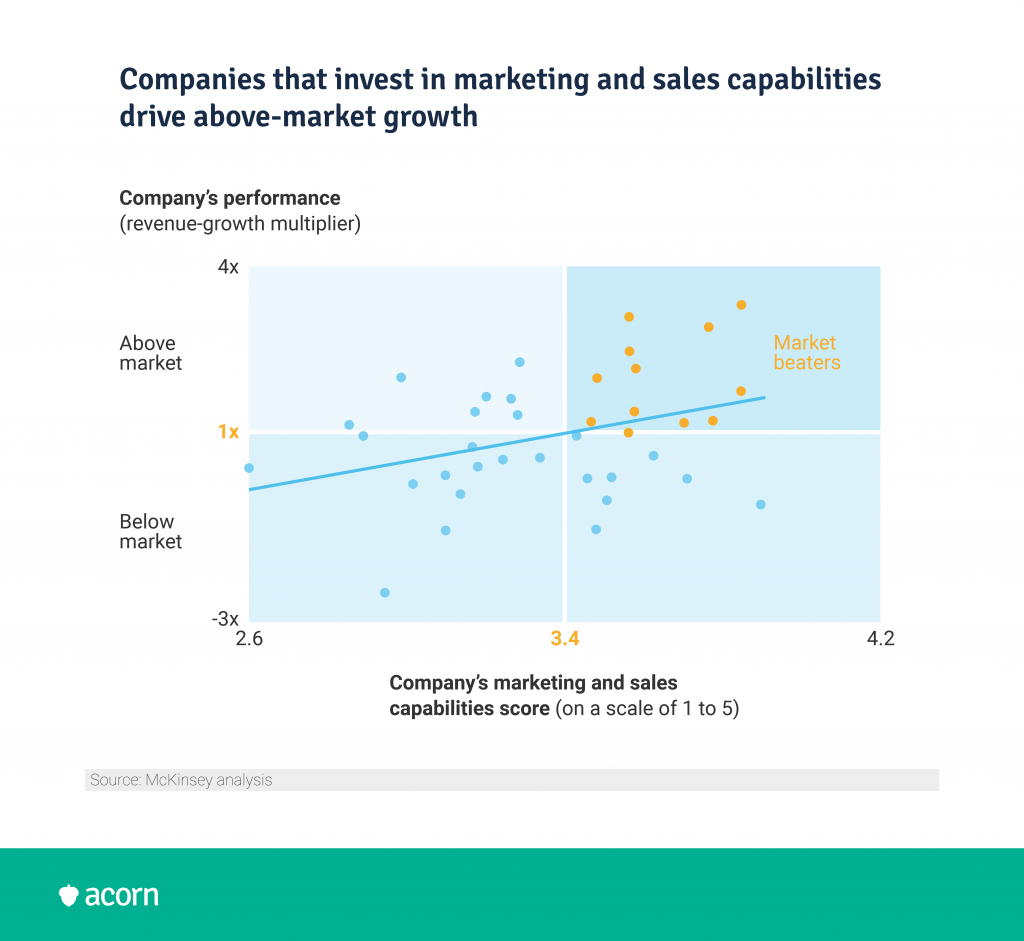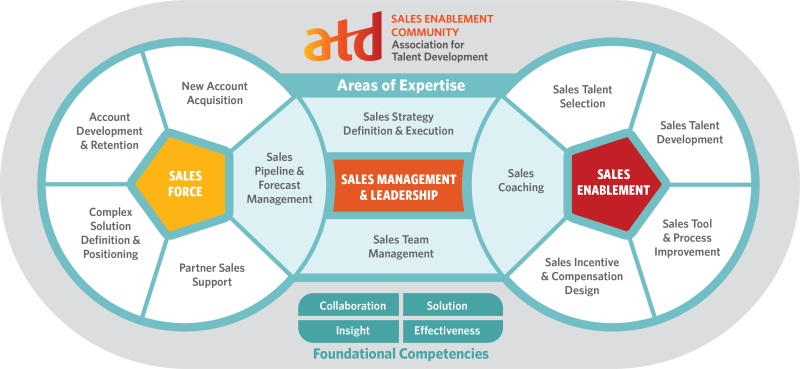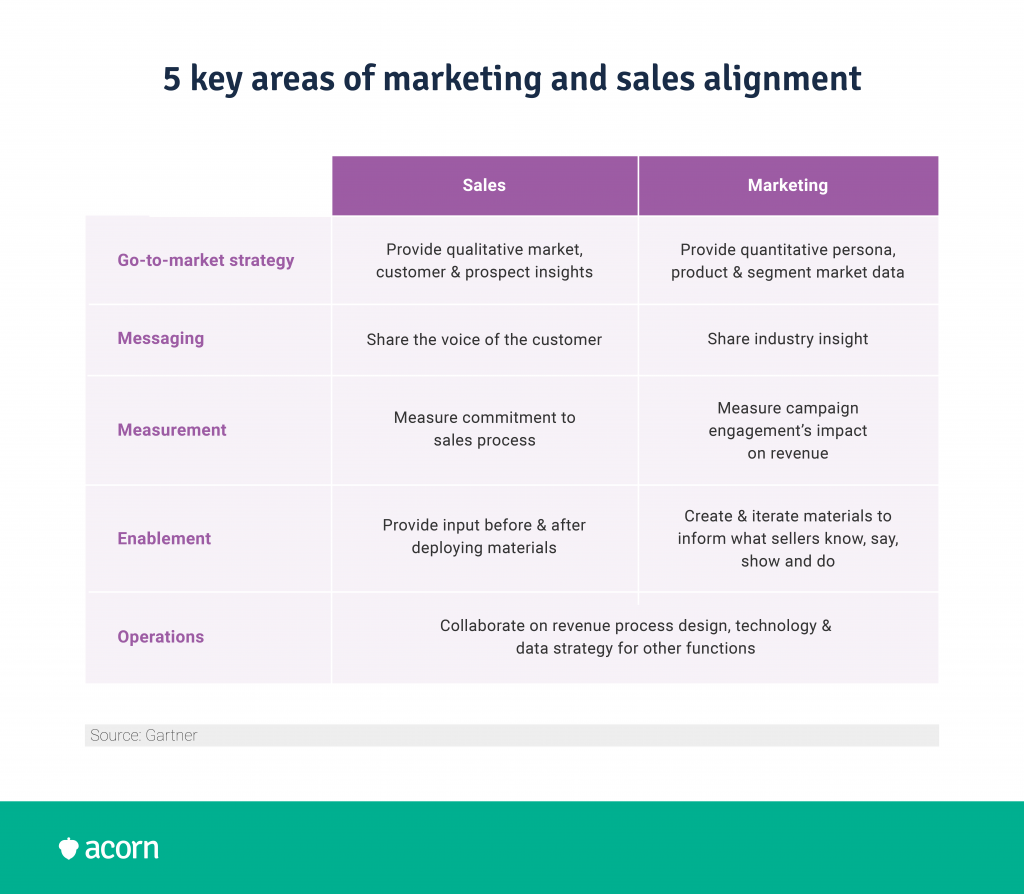How to Construct a Sales Capability Framework (Plus the Secret Sauce Your Sales Team is Missing)
Reading Time:

Lead the pack with the latest in strategic L&D every month— straight to your inbox.
SubscribeYou can improve hiring, increase training focus, and elevate performance outcomes with a strong sales capability framework.
Having highly capable sales reps is critical in this dispersed and virtual business environment. But they aren’t developed using traditional training methods. You’ll need a sales capability framework for that.
A framework for sales capability informs strategic direction, training and development, and revenue generation. Creating one is simpler than you think, but sales enablement after the fact is a much more collaborative process than you may be used to. We cover it all in this article, so let’s get into it.
What are sales capabilities?
A sales capability is a combination of knowledge, skills, behaviours and tools used by sales people to influence buying decisions. When compiled in a sales capability framework, sales capabilities provide a guide for ideal performance in line with business success.
This is different from sales competencies, which describe the level of proficiency a sales rep holds in specific sales capabilities.
Why sales training fails
Before we talk about sales capabilities, let’s set the scene for why your current upskilling efforts for sales reps might not be working.
Without good sales enablement, your sales team doesn’t have much of a chance to be the sales force you need. Up to 90% of sales training has no lasting impact after three months. You may be tempted to think, “Alright, we’ll revisit training a few times a year then”—but this is actually one of a few reasons why sales training fails. Other factors include:
- Training isn’t based on analysis or actual skills gaps in this scenario, meaning you don’t have tangible markers to assess if it’s been impactful or not. (Spoiler, more likely it’s not.)
- Measuring impact based on training completion rates doesn’t tell you anything about actual sales success in your organisation.
- Training isn’t personalised but generalised, which means that individual skills gaps continue to go unplugged. Don’t expect reps to actively engage with this training, either.
- Recycling training content instead of offering on-the-job reinforcement.
- The sales leadership team doesn’t own sales training.
- Sales reps don’t have clear performance standards to begin with.
For organisations that utilise sales teams, failed training has perhaps the biggest impact on your bottom line. Training Industry found that for every $1800 spent on training, roughly $1500 of it does not produce tangible long-term benefits.
Part of the problem is legacy learning technology pushes a mountain of content at learners, and asks organisations to think in terms of skills. The former only overwhelms learners, the latter has no conclusive impact on business performance.
The solution we came to is the performance learning management system (PLMS). The PLMS links learning (sales training or otherwise) to performance by way of capabilities. Beyond providing truly relevant content, you can also capture learning that happens in the everyday—say, a great product demo done by a senior sales rep—and transform them into shareable learning assets for other sales professionals in your organisation.
In short, the common thread in sales training-related issues is a lack of business direction. Considering sales should solely be a profit centre, it makes sense to centre it on a strategic tool like a sales capability framework.
Why do you need a sales capability framework?
As a sales leader, you’ve likely tried to implement other frameworks or tools to unify and guide your sales reps before. We’d hazard a guess that the reason they didn’t stick is they don’t offer the tactical direction your team needs.
Let’s consider increased economic uncertainty and a potential recession. In a bid to wrestle with tighter budgets, you may push for a faster sales cycle. But it’s the smaller, strategic plays, often overlooked, that make for great sales performance. Sales capabilities map out those tactical plays—or the jobs to be done.
One of the most common uses for capabilities is in job descriptions. If we take the example from Richardson Sales Performance below, we can see the necessary capabilities needed in the role. But looking closer, it also shows what crucial tasks must be done to meet overall sales goals for the business.

On the other hand, we work in an increasingly virtual world. Introducing new tools, content and buyer enablement processes into this mix can affect the balance of sales competencies and capabilities needed. Customers are more empowered than ever, which means sales journeys are forever changing.
It’s then essential to understand what capabilities your sales reps excel in, those they’re okay at and what’s missing. A capability framework acts as a scalable plan for shaping training and development around the capabilities most likely to have a business impact. This isn’t just another business tool; a framework ensures you don’t succumb to poor strategy execution, cash flow issues or a talent shortage stemming from sub-par sales performance. This is more true than ever in lean sales teams; capabilities allow those companies to grow their revenue by 30% more than businesses without.

Capabilities also give your sales reps a universal standard for performance and a clear understanding of how their work ties into business directives. In the hands of managers and/or L&D, that leads to more impactful development opportunities, too.
How do you build a strong sales capability framework?
The short answer to this question is to define what leads to success. The long version is something like:
- Outline strategic pillars
- Break them down by crucial tasks and outcomes
- Identify levels of sales competencies.
1. Organise your framework
As with all capability frameworks, look high level when building. Come at it like you’re creating the strategic pillars in which your sales team works. These are the core capabilities that achieve desired results.
Most organisational frameworks create core capabilities from value streams. Since we’re looking at this from a more granular angle, ask yourself what reps need to complete those streams.
This framework from Sales Enablement Pro has four core sales capabilities.
- Selling Motions: The methods and techniques used to deliver a product or service to the customer.
- Product Knowledge: Deep business knowledge and knowledge of pain points the product is solving.
- Soft Skills: The traits to allow reps to build relationships.
- Systems & Processes: What sales reps use to execute their job.
However, you can choose as many core capabilities as you like for your framework. The Association for Training Development (ATD) divides their sales competency framework (as they call it) into 12 areas of expertise across three roles common in sales teams.

2. Define sub-capabilities
Core capabilities will each have their own set of sub-capabilities that describe key outcomes. This level considers the specific skills, behaviours, knowledge, tools and processes that enable the strategic pillars established above.
Perhaps the easiest tip for this step is remembering that your framework should enable you to define what “good” looks like in a role.
Say Product Knowledge is one of your strategic pillars. What does a sales rep need to do to demonstrate their product knowledge? Develop tailored solutions and create strategic justification could be two sub-capabilities. Notice they describe an outcome as much as the task—this is an inherent quality of capabilities.
3. Assign competencies
For a capability framework to be truly applicable, you want to give each capability measures of competency.
Competency is what is used to assess performance. It generally looks something like:
- Foundational
- Intermediate
- Proficient
- Advanced
- Expert.
Many sites out there will tell you a separate sales competency framework lets you develop better development programs, but truthfully, it just creates more work for you. Competencies don’t need to be fancy and can be incorporated into your sales capability framework. The point is to essentially give your capabilities dynamism, so that they can be trained for.
The missing link between sales capability frameworks and closing
Most companies realise only 60% of the returns promised by sales strategy—hardly a desirable sum when sales is meant to be part of the business revenue engine. That generally means there’s a disconnect between everyday work and business outcomes.
This isn’t a sign to throw out your frameworks. The gap between capability creation and execution is what most organisations miss. Sales enablement hinges on providing your sales team with what they need to engage your target buyers, and that comes down to understanding who the customer really is.
This is where marketing enters the chat. While traditionally these two functions have operated in silos, they need to collaborate to effectively power your revenue engine.

This ensures sales are meeting customers where they are with the right messaging and insights. Sales managers should also look to co-create resources with marketing managers that further support the sales process. That’s resources such as:
- Buyer personas that give sales reps more nuance on customer pain points, values and job roles. This helps reps better evaluate prospects and nurture quality leads.
- Talk tracks for a sales call. Rather than a script, create flowcharts for conversations (i.e. If the prospect says X, ask them Z).
- Demo recordings. Can be used to exemplify great pain points, personas and market differentiation.
- Content in the form of guides, research and thought leadership that establishes credibility and loyalty.
- Business case templates. Make these free, customisable tools that provide value to the user—value that can translate to a purchase down the line.
Key takeaways
A sales capability framework is used to:
- Create sales job descriptions to achieve business objectives
- Define the training pathways for improved performance
- Conduct talent and capability gap assessments
- Identify strategies that support the team and organisation’s direction.
Building one starts by looking at the strategic pillars of sales in your organisation, and then defining the crucial tasks and outcomes of those pillars. But the buck doesn’t stop at implementing your framework. Create channels of collaboration between your sales team and marketing to more effectively realise sales capabilities with better customer insights—your lead quality will be better for it.